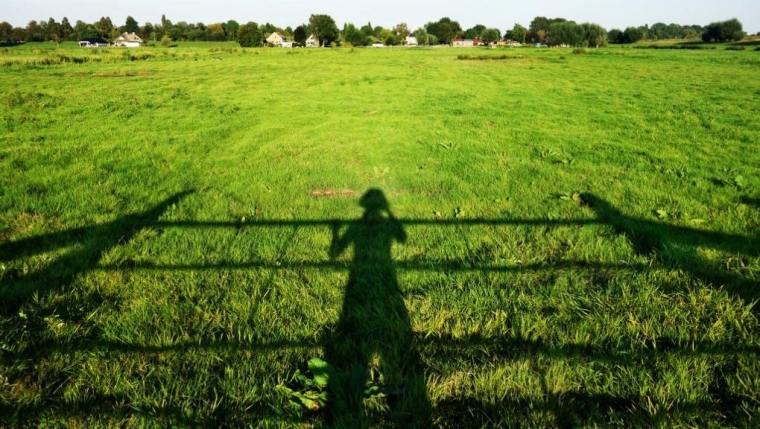
2018 is nearly over and it’s now time to reflect on what were the most notable events and issues of the year. It is also time to think about the implications for the future.
From a New Zealand domestic perspective the attempt to eradicate Mycoplasma Bovis has had the biggest impact on farming, most of it focused on the relatively small number of properties forced to cull their entire herd, some of it directed at those properties under surveillance or Notice of Direction, and some of it on the agricultural service industry, including meat processors, cartage contractors, stock agents and saleyards, as well as calf clubs and A&P shows.
MPI is cautiously optimistic the disease can be eradicated which would be the first time any country has achieved such an outcome. However there is still plenty of water to flow under the bridge before anyone can say with confidence that the hitherto impossible has been achieved. 2019 will almost certainly be the year we know for certain, one way or the other.
Brexit continues to provide enormous speculation about what will happen to the UK’s future relationship with the EU. This saga has now dragged on for well over two and a half years, with slightly more than three months before the official exit date of 29th March. At that point it looks increasingly unlikely the British Parliament will have approved Theresa May’s agonisingly negotiated exit agreement in spite of all the EU states having voted in favour of it. The Irish backstop which would see Northern Ireland remaining as part of the EU customs union until, or unless, the UK successfully negotiates all other terms is the spanner in the works.
The current alternatives are: Parliament votes for May’s agreement (likely to fail by a wide margin), EU comes up with some palatable concessions to satisfy MPs (almost no chance), Britain crashes out of the EU without an agreement or gains an extension to attempt to renegotiate (either is possible), Britain decides to stay in the EU in spite of the referendum result (unlikely and constitutionally unacceptable) or conducts a second referendum (hoped for by some but constitutionally unacceptable).
On balance, I sense that Britain will ask for an extension, while it tries to find a solution which is satisfactory to both EU states and a majority of British MPs. Even if that is the outcome, there is almost no chance a satisfactory solution will be found because the EU is fed up with Britain and the Conservatives can’t agree among themselves let alone with Labour. 2019 may not see a solution.
A third issue is the world trade and economic situation which poses potentially the biggest risk in the immediate future. The world is undoubtedly in the later stages of the economic cycle which has seen positive growth for nearly 10 years since the GFC. The largest global economies have used quantitative easing or issuing debt to recover from the worst effects of the last global downturn while reducing interest rates close to zero to stimulate economic activity. Unfortunately, if activity stagnates there are no further rate reductions available.
USA, EU and China have large amounts of debt sloshing around without little hope it will be repaid any time soon. In particular, Italy is very vulnerable to any economic downturn and has no chance of being able to borrow more debt, nor within the Eurozone can it take the traditional move of devaluation because it is tied to the central currency.
The trade war between USA and China is causing a state of nervousness round the rest of the world with all other economies subject to fallout. New Zealand has a large and increasing proportion of its agricultural trade with these two countries, while the EU and UK, although diminishing, are still very important as key export destinations.
One major positive is the CPTPP which New Zealand signed up to as one of the first six signatories with the agreement coming into force in 2019. This will have a positive impact on trade with Japan, putting NZ on equal terms with Australia which stole a march by signing its FTA in 2015.
The G20 has reconfirmed its commitment to the WTO which had appeared to be under threat because of the USA’s tendency to drag the chain on appointing appellate judges. The WTO is enormously important to a small country like New Zealand which is dependent on free trade, so hopefully the organisation will reassert its authority in 2019.
Another critical issue which came to the fore in 2018 was the growth of alternative or plant based proteins which attracted a lot of investment funding, supported by a growing segment of society throughout the richest parts of the world wishing to reduce the impact of livestock production on the planet. This trend will undoubtedly continue to exert an impact on traditional farming methods and, I believe, gain an ever increasing share of global protein consumption.
The impact of farming, particularly livestock production, on the environment is a closely linked issue which gained huge traction during this year and 2019 will be no different. This will affect New Zealand as well as our trading partners, but it is almost certain that the deliberations of the Tax Working Group will result in the application of the Emission Trading Scheme to agriculture. This is likely to happen in 2019.
In summary this year has been a year of unexpected developments and a number of uncertainties. In an increasingly volatile age, whether politically, economically, financially or climatically, 2019 is likely to be even more uncertain
Current schedule and saleyard prices are available in the right-hand menu of the Rural section of this website.


We welcome your comments below. If you are not already registered, please register to comment.
Remember we welcome robust, respectful and insightful debate. We don't welcome abusive or defamatory comments and will de-register those repeatedly making such comments. Our current comment policy is here.